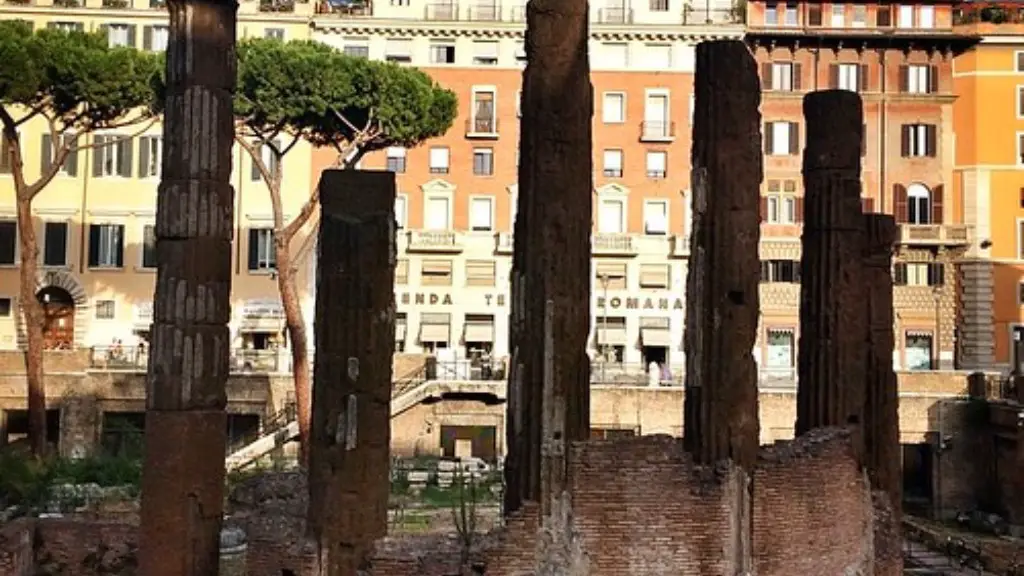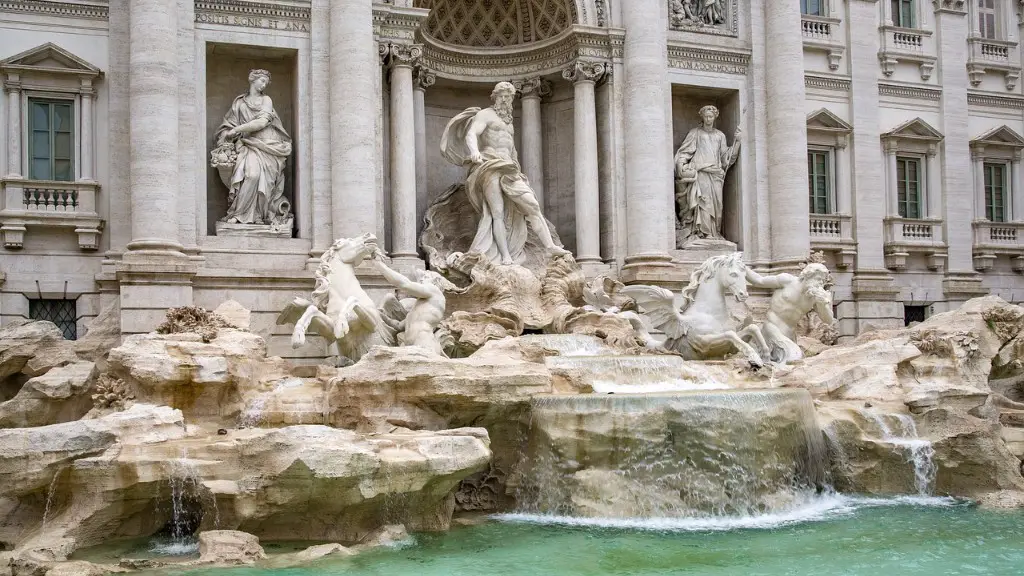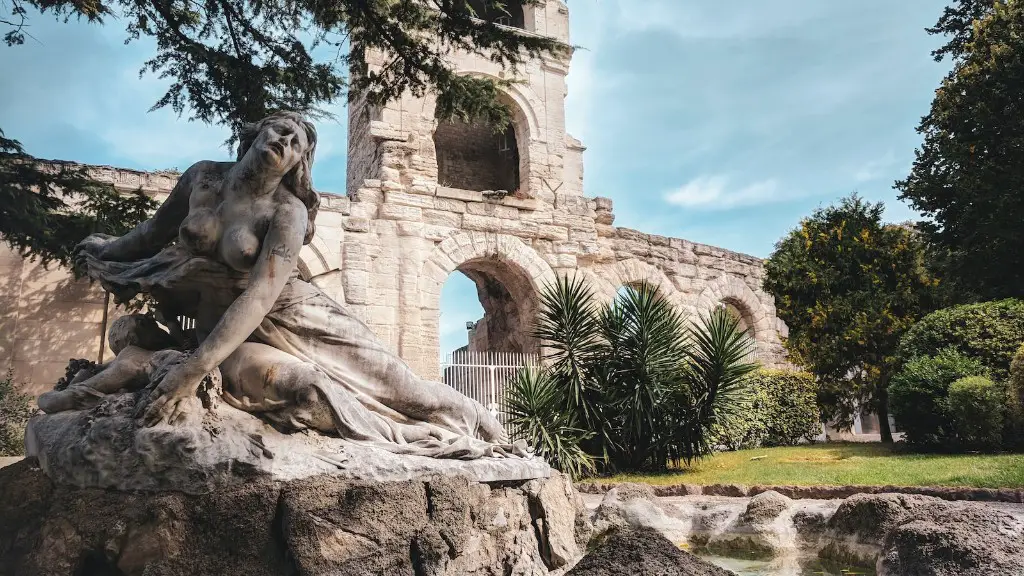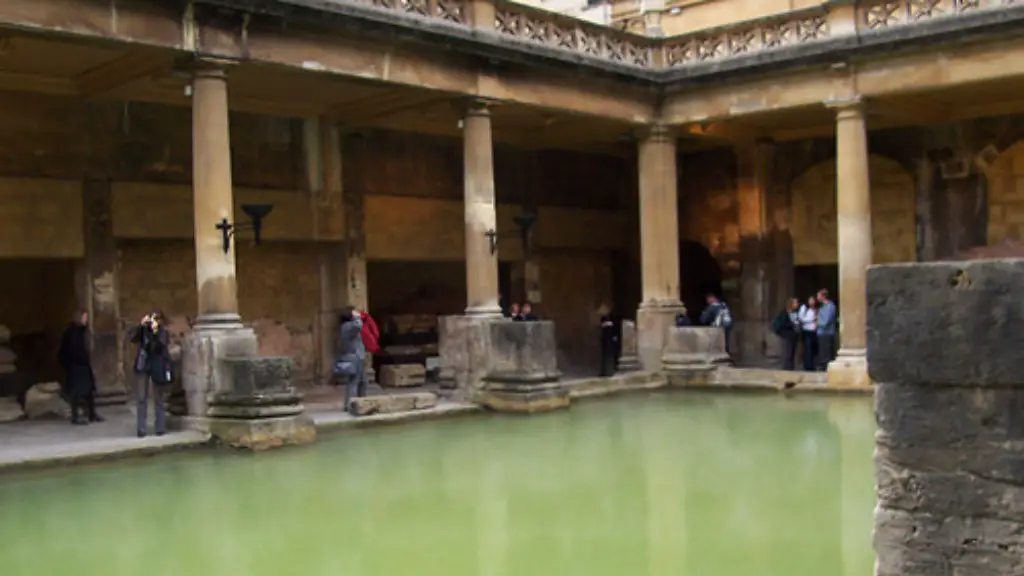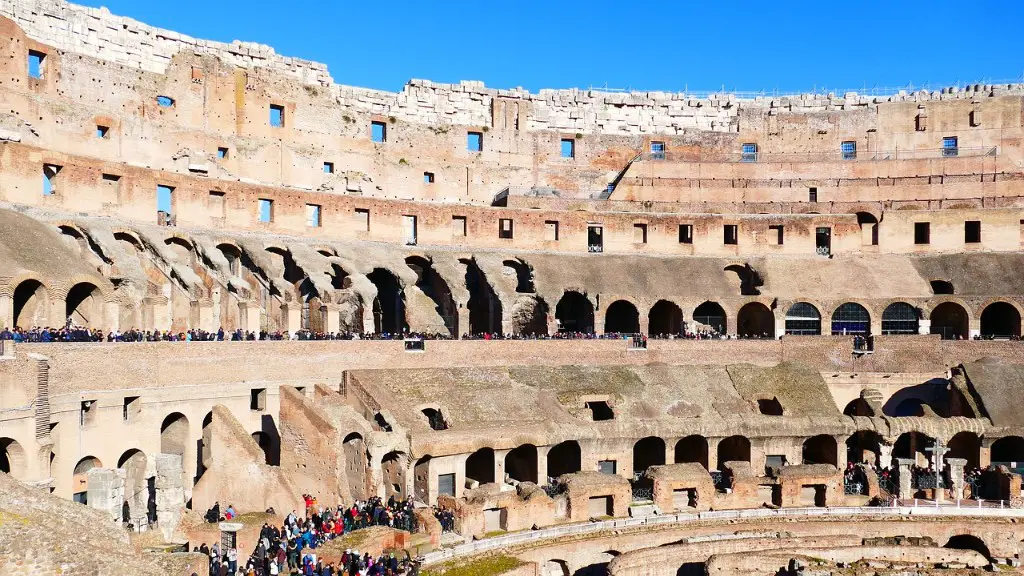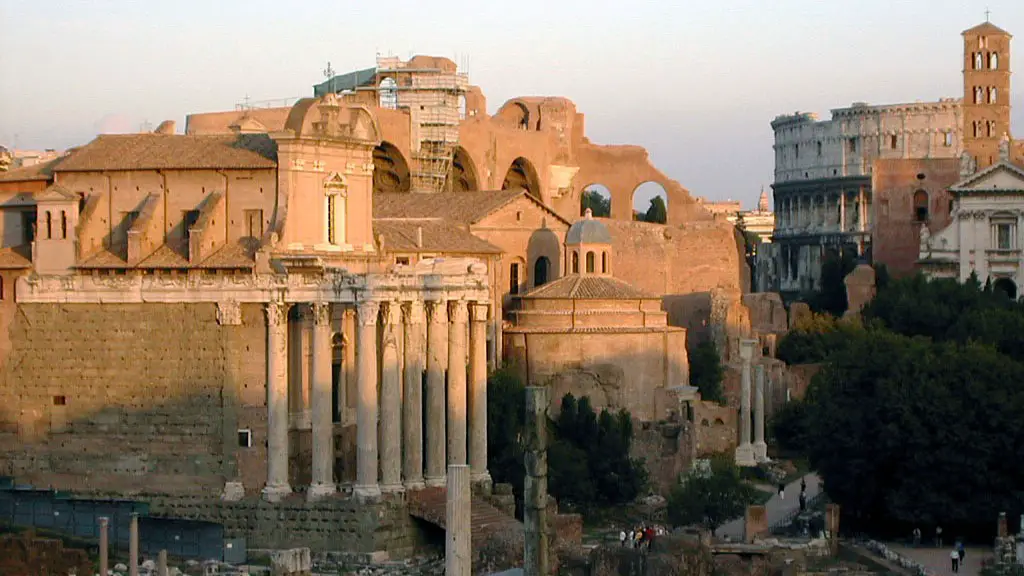The social structure of ancient Rome was divided into two distinct classes, the Patricians and the Plebeians. The Patricians were wealthy members of the aristocracy who had considerable political and economic power. The Plebeians, on the other hand, were the lower-class citizens who could not access the same privileges enjoyed by the Patricians. Although they could not compete with the highest class of Roman society, there were other intermediate social strata to which they could aspire. These included Roman traders, artisans, and professional soldiers who served as the backbone of everyday life in Rome.
As a result of their powerful position, the Roman Patricians exerted considerable influence when it came to the running of the state. They made the laws, appointed magistrates, and represented their interests in the Senate. This privileged class also enjoyed preferential access to land, education, and the other luxuries of Roman life. In contrast, the Plebeians had no political power and were largely consigned to manual labor, typically that of farming or fishing, in order to make ends meet.
Aside from the two main social classes, there were also religious and military divisions. This included the Vestal Virgins, who enjoyed a great deal of reverence in Roman society, and the Roman army, which was one of the major driving forces in the Republic. Roman society was also stratified by gender and age, with patricians enjoying greater rights than plebeians. Further, there was a class of freed slaves, who could not be fully integrated into the Roman social hierarchy.
In addition to the social classes, Roman society was further characterized by a highly developed system of patronage. Wealthy Roman individuals provided financial assistance to those in need and in return, they received loyalty and support from their beneficiaries. Patronage was closely linked with power, as those who had access to it could guarantee their status in the social hierarchy. This enabled many plebeians to rise to higher social standing, albeit not to the level of the Patricians.
It is important to note that by the late Republic, Rome was also affected by the massive influx of slaves from the provinces. The enslavement of so many people had a profound effect on Roman social structure, as the slaves were often treated worse than the lower-class plebeians. This inequality led to social unrest and eventually, to the collapse of the Roman Republic.
Reputation
In Rome, there was a strong emphasis on one’s public image, especially amongst the upper classes. These individuals believed that theirfamilial lineage and their actions in the public eyewere proof of their worth. In order to conform to the expectations of their society, members of the Patrician class were expected to display their wealth, status, and power. They also had to prove their loyalty to the state. Meanwhile, the Plebeians had less wealth, so they relied on their traditions, values, and honor to increase their standing in the Roman social hierarchy.
Additionally, a good reputation was something that could be inherited. Those with wealthy and prominent parents enjoyed the assumption of greater respectability, while those born into modest circumstances could still make a name for themselves by exhibiting strong morals and values.
Social Events
In ancient Rome, social events served to reinforce the social bonds in society. This was especially true in the Patrician class, where large banquets, competitions, and festivals served to display the wealth and influence of their organizers. These extravagant occasionsnot only gave participants an opportunity to flaunt theirwealth, but also provided an environment where social rules could be discussed and reinforced.
In addition to the lavish banquets, Rome was also well-known for its social clubs and associations. These provided a platform for gathering, discussing, and mingling with those of similar social backgrounds and interests. These clubs consisted of both Plebeians and Patricians and provided another avenue for individuals to increase or maintain their social standing.
Social Mobility
In ancient Rome, there was limited social mobility, but some individuals did manage to rise up the hierarchy. These included those who acquired wealth through successful trading or military victories. To become Patricians, ambitious individuals could leverage patronage and marry into a wealthy family. They also had to prove their worth to the Roman Senate, as only a select few could become citizens.
In spite of this restriction, social mobility did exist. Those with ambition and talent could rise to a position of relative success, although they could never equal the privileges enjoyed by the upper classes. In the lower classes, social mobility could be achieved through hard work and a valuable skill set.
Political System
The political system of ancient Rome was deeply connected with its social structure. As already mentioned, the Patricians enjoyed exclusive political privileges and were in control of many of the major decisions facing the Republic. The Plebeians, on the other hand, had no control over their political fate and were unable to influence the direction of the state. This imbalance of power was one of the main causes of the unrest that eventually brought down the Republic.
Although the Plebeians had no real political power, they did have their own assemblies and legislative body. This allowed them to voice their concerns, although the Patricians largely ignored their demands. This contributed to the long-running struggle for power and justice between the two classes, with the Plebeians agitating for greater rights and the Patricians trying to keep their privileges intact.
Religion and Education
Religion and education played a major role in ancient Roman society. The Vestal Virgins, for example, were highly respected and held a special status, as they were charged with the upkeep of Rome’s temples. Similarly, the Roman army was held in high regard, as they defended the Republic both at home and abroad.
In terms of education, the Patricians enjoyed greater access to advanced learning and educational opportunities than the Plebeians. This enabled them to gain a more comprehensive understanding of politics, law, and other aspects of life in Rome. Those who could not afford private tuition sometimes attended public lectures and forums.
Cultural Influence
The social structure of ancient Rome has had a lasting influence on other societies throughout the world. Its emphasis on patronage, for example, is still visible in modern-day politics, as powerful individuals often use their influence to maintain their status and power. Similarly, the two-class structure of the Roman Republic is still seen in many countries where unequal access to social and political benefits is commonplace.
The importance of education to the Romans also had an important impact. Roman schools produced some of the most highly educated members of society, and this emphasis on learning has been passed on to later generations. It is also evident in the way that the Roman Republic valued knowledge and learning, setting a standard for future societies around the world.
Legal System
The legal system of ancient Rome was closely linked with its social structure. For instance, patricians had access to a more advance system of judicial proceedings than plebeians. This was due to the fact that patricians had more money, power, and influence and were consequently able to sway legal decisions in their own favor. In addition, Roman law was largely based on the principle of precedent, meaning that legal decisions in similar cases would often be copied.
Furthermore, the decisions of Roman magistrates were seen as the ultimate form of justice. Magistrates were appointed by the Senate, making them directly accountable to those in power. This ensured that the decisions of the magistrates were in line with the interests of the Roman Republic, rather than those of the people.
Decline and Legacy
While the social structure of ancient Rome had its successes, it was ultimately unable to survive the political and military changes of the later Republic. This was due to the imbalance of power that it created and its inability to address the concerns of the lower classes. Ultimately, the unequal distribution of wealth and power in the Roman Republic led to its downfall.
Nonetheless, the social structure of ancient Rome has had a profound and lasting impact on other societies. Its system of patronage, its emphasis on education, and its two-class system are still present in modern culture. It also serves as a reminder of the importance of equality and justice, as well as the dangers of disregarding the needs of the lower classes.
